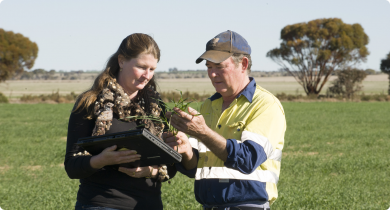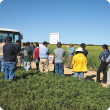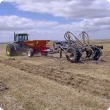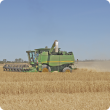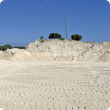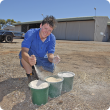Production & postharvest
The Department of Primary Industries and Regional Development contributes to the productivity, profitability and sustainability of plant-based agriculture. From broad scale dryland cropping systems to intensive irrigated production, we work with industry and business to address challenges in plant production through research and development, knowledge transfer and government policy settings.
Filter by search
Filter by topic
- Soils (17) Apply Soils filter
- (-) Remove Soil acidity filter Soil acidity
- Soil management (17) Apply Soil management filter
- Climate, land & water (17) Apply Climate, land & water filter
- Grains (16) Apply Grains filter
- Managing soils (12) Apply Managing soils filter
- Liming (11) Apply Liming filter
- Grains research & development (10) Apply Grains research & development filter
- Soil constraints (5) Apply Soil constraints filter
- Wheat (4) Apply Wheat filter
- Water repellence (1) Apply Water repellence filter
- Soil compaction (1) Apply Soil compaction filter
- Pastures (1) Apply Pastures filter
- Plant nutrition (1) Apply Plant nutrition filter

